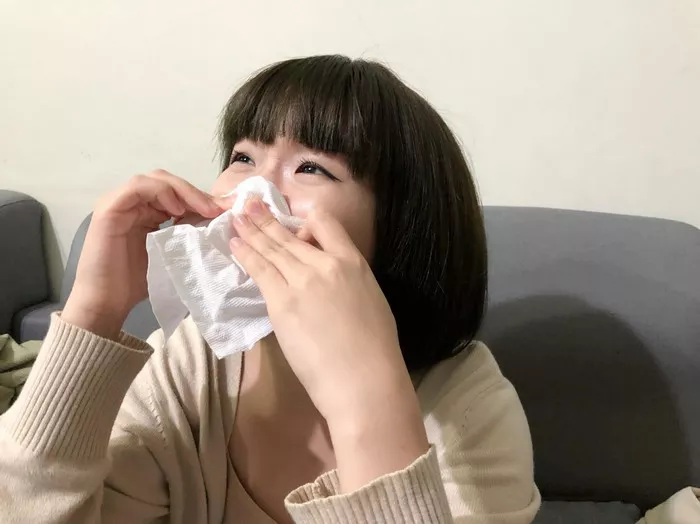Art therapy is playing a crucial role in supporting the psychological health and well-being of young patients at Lucile Packard Children’s Hospital Stanford. By combining the therapeutic benefits of artistic expression with clinical knowledge, art therapists are helping children overcome medical challenges, manage chronic pain, regulate emotions, strengthen family bonds, and create meaningful legacies for patients in palliative care.
Hyun A Lee and Queenie Wong, both licensed art therapists, describe their role as blending talk therapy with artistic interventions to achieve clinical goals. They use creative arts, including visualizations and patient-centered artistic creations, to help children cope with complex medical journeys, manage stress, explore their experiences, and promote overall health.
For former patient Zoë, who was born with a rare heart condition and later developed cardiomyopathy, art provided both therapeutic relief and a lasting memento of her medical journey. Zoë, now 13, expressed, “I love my art therapist visiting. We paint, draw, or do crafts, which makes me forget about everything for a while and is really fun.”
Lee and Wong emphasize the importance of personalized care. They tailor their sessions to each child’s developmental level and unique needs, facilitating personal insight and growth. Lee explains, “I help them express feelings that are hard to articulate with words.” This creative process allows children to open up about their struggles during hospitalization, revealing emotions related to difficult medical decisions.
Zoë’s mother, Melissa, noted the positive impact of art therapy on her daughter. “Zoë has grown closer to Hyun and now shares her feelings openly, even things she didn’t want to tell me,” she shared. “They’ve helped her reconnect with being a child, not just a patient.”
Art therapists, in their unique role, collaborate with other healthcare professionals, including child life specialists, to offer specialized support. “We focus on creating treatment plans that incorporate artistic tools to help patients navigate emotional and psychological challenges,” Lee says. “This targeted approach not only fosters self-discovery but also enhances emotional resilience during medical experiences, whether it’s surgery, treatment, or long-term care.”
Through activities such as creating visual “roadmaps” of medical journeys or designing collages to celebrate milestones, art therapy helps children process emotions, develop coping mechanisms, and alleviate stress and anxiety.
The therapy also supports families during hospital stays. Wong explains that therapists check in with families to assess their coping strategies and invite them to participate in art sessions. This involvement helps restore the parent or caregiver’s role as a secure figure during times of medical stress. “I think it is an asset for hospitals to have these programs,” says Melissa. “Having a creative outlet is healing and brings peace amidst the chaos.”
In palliative care, art therapy provides a profound way to help families cope with the loss of a child. Transitional objects created during therapy, such as handprint art or customized paintings, allow families to process grief and keep the memory of their loved ones alive.
Art therapists also collaborate with physical, occupational, and speech therapists to achieve shared goals. For example, Lee helped a long-term patient create a personalized T-shirt for their discharge day, allowing the patient to honor their medical journey and express gratitude to the care team.
Looking ahead, the art therapy program at Lucile Packard Children’s Hospital plans to expand, offering internships and practicum opportunities to train the next generation of art therapists. Wong envisions further interdisciplinary collaboration, particularly in areas like neuroscience, digital media, virtual reality, and artificial intelligence. “By providing a creative outlet for young patients’ emotions and experiences, art therapy helps them find meaning, purpose, and joy despite their health challenges,” she says.
Related Topics






























